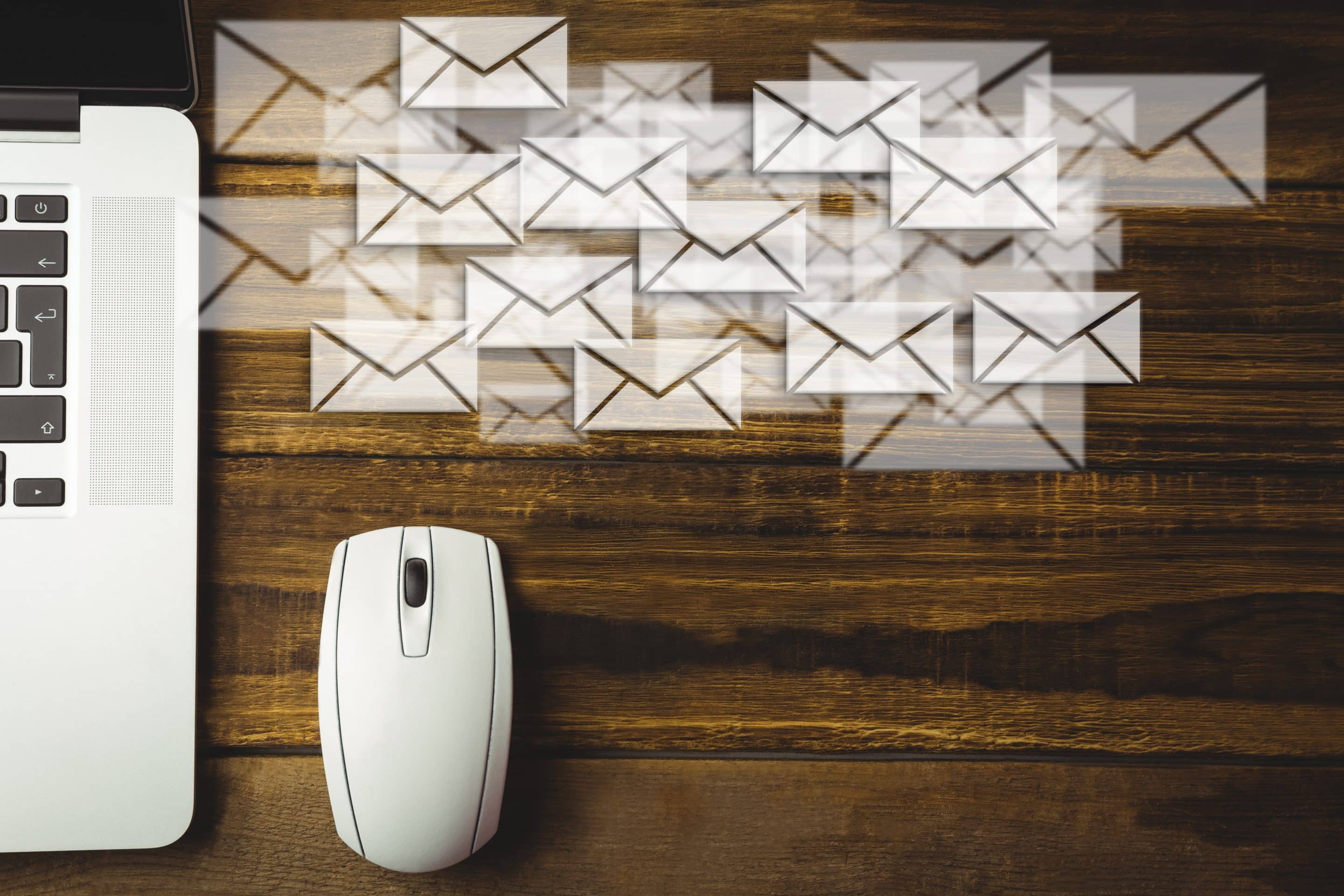Email automation, also known as marketing automation, is a powerful tool you can use to optimize your email marketing. Email automation allows you to send personalized emails based on triggers and recipient actions. Follow these tips and save yourself a lot of time.
Choose an email marketing platform
The first thing you need to do is choose an e-mail marketing platform that supports e-mail automation. There are many different platforms available, such as Mailchimp, HubSpot and ActiveCampaign. Choose a platform that fits your budget and specific needs.
Identify the triggers
The next thing you need to do is determine what triggers you want to set for your automated emails. For example, a trigger could be when someone signs up for your newsletter, leaves a product in his or her shopping cart, visits a certain page on your website or has a birthday. These are fixed moments in which a (potential) customer may be in.
Create a workflow
Once you've determined the triggers, it's time to create a workflow. This is a series of steps that a recipient goes through when he or she activates a particular trigger. For example, if someone signs up for your newsletter, you might send a welcome email and after a few days another follow-up email with more information about your company and your products. Try to track all of a customer's steps and determine which at times the customer needs an extra push.
Personalize your emails
Personalization is key to effective email automation. Make sure your emails are personalized, such as using the recipient's name in the salutation or making targeted offers based on their previous purchases or interests.
Test and optimize
As with any form of marketing, it is important to test and optimize. Test different subject lines, content and call-to-actions to determine what works best for your target audience. Also, keep track of the results and analyze which emails generate the most engagement and conversions.
Automate your workflow
When you are satisfied with your workflow, you can automate it. That way, you don't have to manually send an e-mail every time a trigger is triggered. Your workflow will then run automatically as soon as the trigger occurs. Now that's really convenient.
Do you have questions about deploying email automation, or other questions about online marketing? Feel free to contact us and we'll be happy to help.

